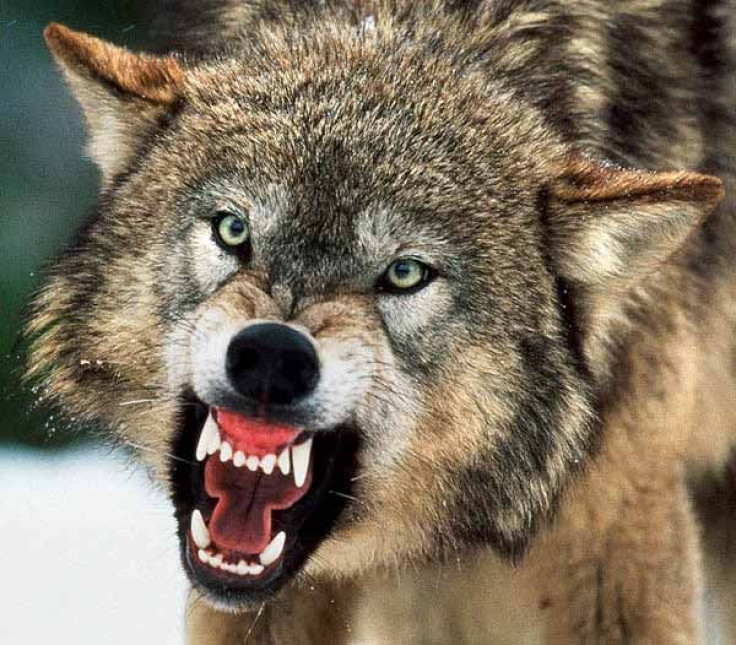Minnesota Wolf Attack: Noah Graham, 16, Undergoes Shot Regimen To Fight Off Potential Rabies

Sixteen-year-old Minnesota resident Noah Graham used all of his strength to physically pry a 75-lb. grey wolf’s jaw off of his head this past Saturday in what’s being called the state’s first confirmed wolf attack, according to the Minnesota Department of Natural Resources.
“The wolf just came up behind Noah, he didn’t hear anything, and it just grabbed him by the back of the head and wouldn’t let go,” Noah's father, Scott Graham, told CBS Minnesota. “He had to physically pry the jaws of the wolf open to get it off of him. And once he got it off of him and he was up, the wolf stood there growling at him, and he had to shout at it and kick at it to get it to go away.”
Noah was enjoying a weekend retreat with his church group on the West Winnie Campground on Lake Winnibigoshish in north central Minnesota before getting ready to fall asleep outside of a tent in his sleeping bag. Around 4 a.m. that morning, the male grey wolf, or timber wolf, clamped its sharp teeth around Noah's head. An 11-centimeter wide laceration required 17 staples to close in what Noah called “the worst pain of his life,” the Bemidji Pioneer reported.
Authorities are unsure what caused the wolf to target the teen as a potential meal seeing as the animal tends to avoid human interaction. After the wolf was hunted and shot, wildlife officials noticed a deformity in its jaw that may have caused it to scavenge for food instead of hunt.
Scott Graham said his son has already begun a series of shots to fend off the rabies virus and is doing fine otherwise. According to the Centers for Disease Control and Prevention, modern-day prophylaxis has proven nearly 100 percent successful in treating the rabies virus. Luckily for Noah, human deaths caused by rabies have declined from 100 per year at the turn of the century to one or two per year as of the 1990s.
Chris Niskanen of the Minnesota Department of Natural Resources called the attack “extremely rare and unusual.” DNA testing conducted at the University of Minnesota veterinary diagnostic lab will determine if the animal carried rabies or not.



























